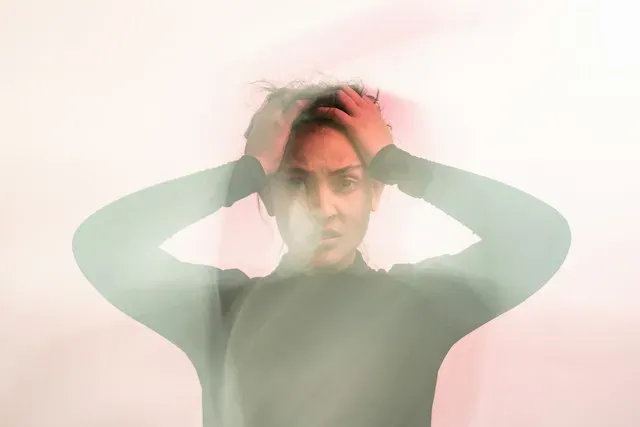
Anxiety Exercises
Explore effective anxiety management techniques with our comprehensive guide on exercises, treatments, and tips for mental health professionals.
Get carepatron free
Commonly asked questions
The best exercise for anxiety varies per individual, but generally, activities like yoga, walking, and mindfulness meditation are highly effective due to their calming effects on the mind and body.
The 3 3 3 rule for anxiety is a grounding exercise where you name three things you can see and three sounds you can hear and move three parts of your body. This technique helps bring your focus back to the present moment, reducing anxiety.
The 5 5 5 method for anxiety is a breathing technique where you breathe in for 5 seconds, hold the breath for 5 seconds, and exhale for 5 seconds. This helps regulate breathing and can calm the nervous system.







